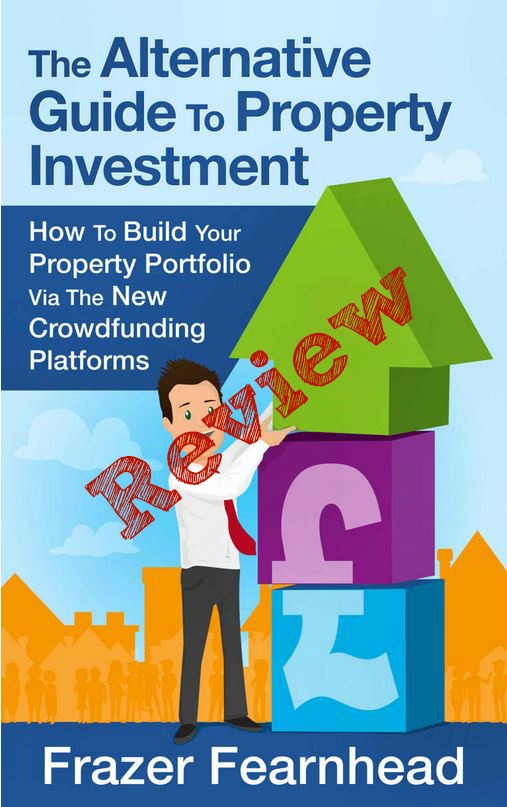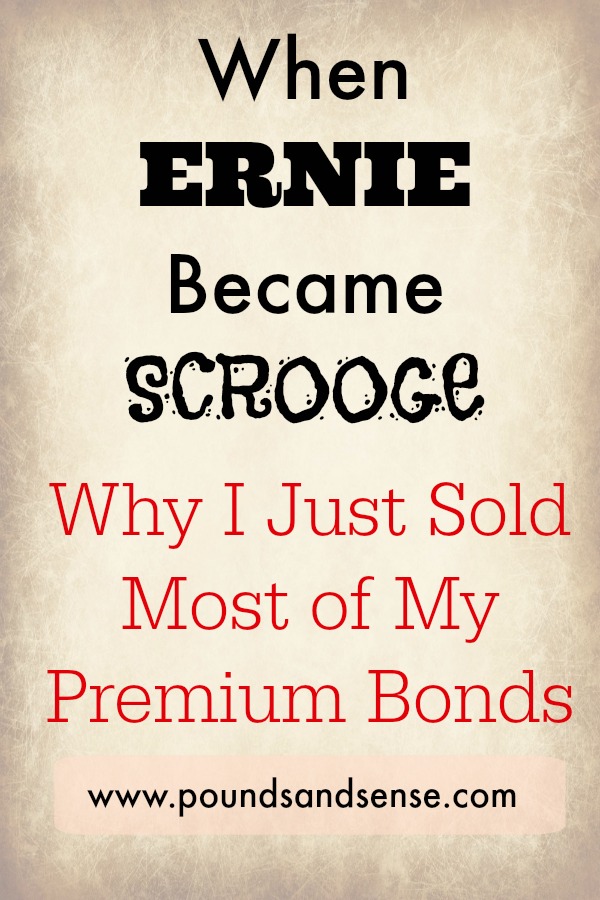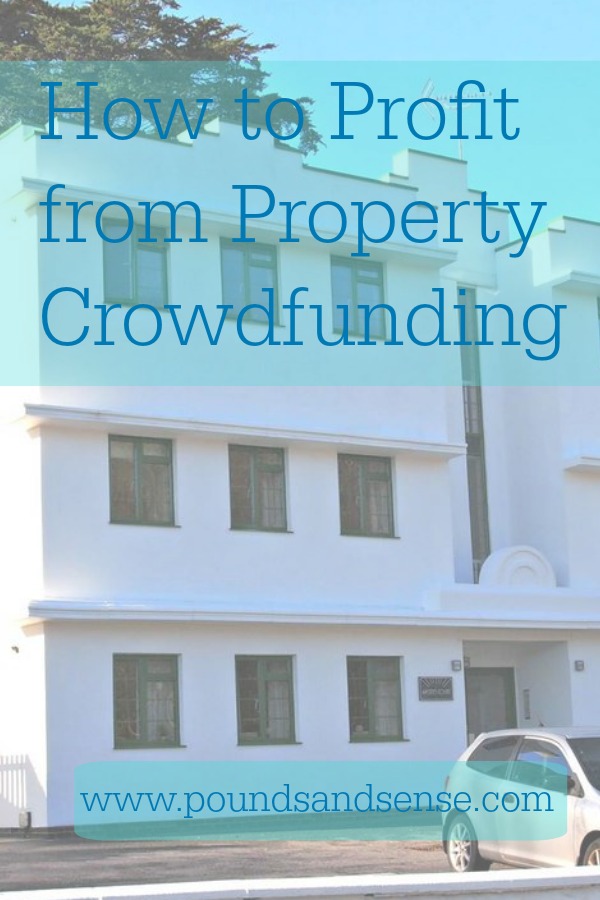Hands-off Ways to Invest in Property
As I said in this recent blog post, I am a fan of property investment, as part of a balanced portfolio.
Property investors typically get a double benefit: rental income from tenants for as long as they own the property, and – in most cases – a profit when the time comes to sell.
A further attraction of property investment is that it can be beneficial tax-wise. Any profit you make when selling property is likely to be subject to capital gains tax (CGT) but there are generous annual allowances you can take advantage of (£11,700 in the tax year 2018/19).
In addition, if you invest via a platform (see below), income from rent is typically paid as dividends, allowing you to take advantage of the separate dividends tax allowance (£2,000 in 2018/19). Even if your dividend income exceeds the annual allowance, most people will only pay 7.5% tax on dividend earnings up to £34,500 (2018/19 figure).
Property investment can also be a great way of diversifying a mainly equities-based portfolio.
One drawback with property investment is that managing a property and its tenants can involve a lot of work. So today I want to focus on a property investment platform that takes care of all this on investors’ behalf (for a fee, of course). This makes it truly a hands-off way to invest in property.
The platform in question is FJP Investments. They partner with experienced developers to offer a range of property investments suitable for high net worth individuals and “sophisticated investors”. I’ve listed some of the main investment options they offer below.
Buy-to-let
This is, of course, the traditional way to invest in property. FJP offer investment opportunities in the UK buy-to-let market as well as overseas.
Student Property
This is becoming a very popular investment opportunity. The market is growing rapidly thanks to a government policy change ensuring an additional 200,000 students will be seeking accommodation in the UK by the year 2020.
Hotel Rooms
This type of investment started in the USA and has since taken off across Europe. Investing in a hotel room is simple. You buy the hotel room and then sub-lease it to the hotel operator. They in turn manage the day to day running, along with generating bookings. All you have to do is sit back and collect your share of the profits.
Car Parking
This is another popular income-generating investment. Investors purchase one or more spots in a car park and then receive a share of the income generated via the operator, who manages it on investors’ behalf.
Car parks are typically at or near airports. This market is expanding rapidly, with passenger numbers set to increase by over 220% in most major airports in the next 20 years. A further attraction in some cases can be free parking at the car park in question.
Care Homes
This involves investing in care homes for the elderly and/or people with disabilities. It is an ethical option but nonetheless one that offers good potential returns. Britain has an ageing population and yet the number of care beds is on the decline. There has been a lack of investment in the care sector which has created a growing demand for nursing homes, and an acute shortfall in the number of available beds is expected by early 2020. There is therefore a huge need right now for care home investment. Investors can profit from this while contributing to the creation of more high-quality care home facilities.
Risk v Reward
The potential returns from property investment are a lot better than you would get from a bank savings account at present, with 10% and upward widely advertised. Clearly, though, there is a greater element of risk with these investments. For example, you are not protected by the Financial Services Compensation Scheme, which will refund up to £85,000 if a bank with which you have an account goes bust. On the other hand, your money is in bricks and mortar, so it’s unlikely you would ever lose it all.
In the case of FJP Investments, as mentioned earlier, they work in association with highly experienced property developers. They set great store by protecting their clients’ money, not least because their reputation – and indeed their business – depends on this. They take the time to get to know their clients personally and help them choose investment opportunities from the range on offer that will meet their specific needs and goals. These are all, needless to say, hands-off investments.
It is, of course, vital to be aware of the risks associated with investing in property and only to do so as part of a balanced portfolio with assets in a range of classes, including readily available cash. Property can be somewhat illiquid and should therefore normally be regarded as a medium- to long-term investment.
Disclosure: This is a sponsored post for which I am receiving a fee. Please note also that I am not a financial adviser and nothing in this post should be construed as personal financial advice. Before making any investment it is important to do your own due diligence, and seek advice from a qualified financial adviser if you are in any doubt how best to proceed.
If you have any comments or questions about FJP Investments, or property investment in general, as always, please do post them below.


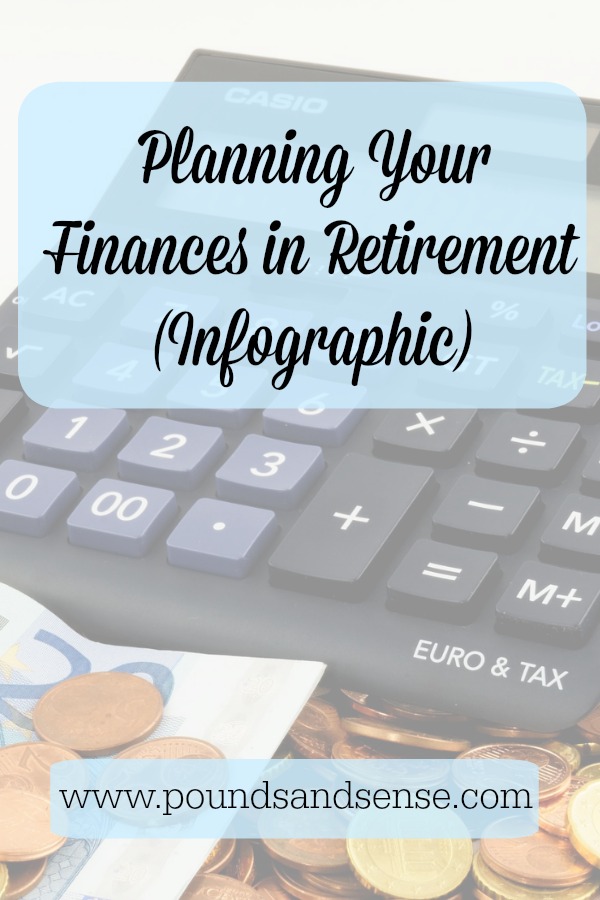

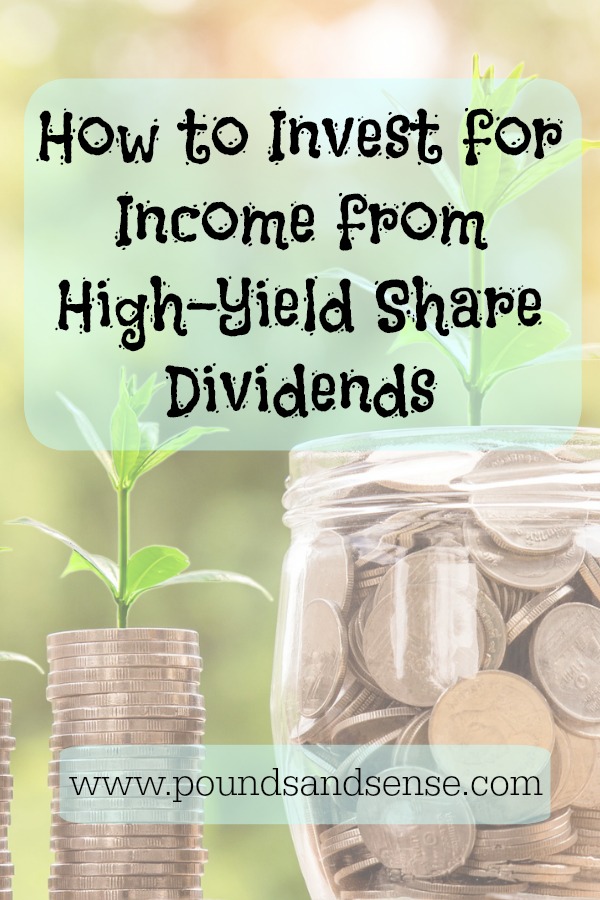
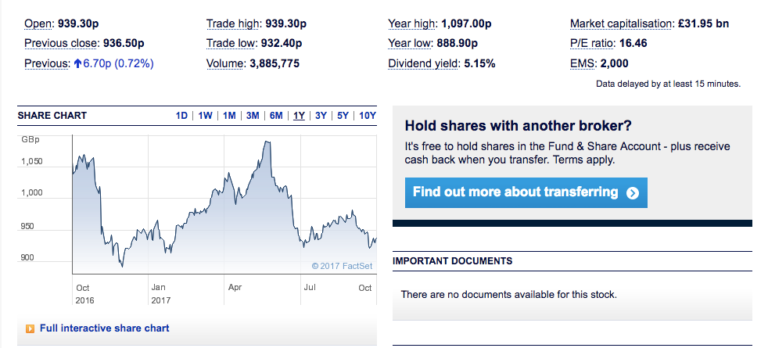
 Many thanks to Lewys (pictured, right) for an eye-opening article.
Many thanks to Lewys (pictured, right) for an eye-opening article.


